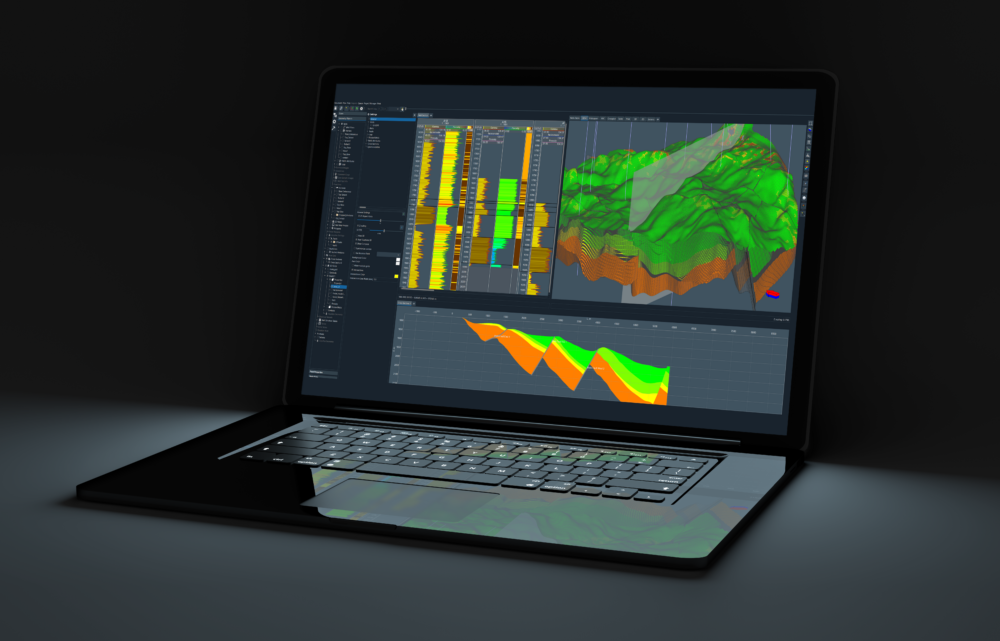News
14th July 2023
Rock Flow Dynamics Unveils Latest Version of tNavigator
Rock Flow Dynamics (RFD) is pleased to announce the release of the latest version of our flagship product, tNavigator. Version 23.2 is now available to users. tNavigator has long been recognized as a powerful tool for reservoir engineers and geologists, providing accurate modeling and simulation of complex reservoir behavior. The latest version brings significant advancements …


